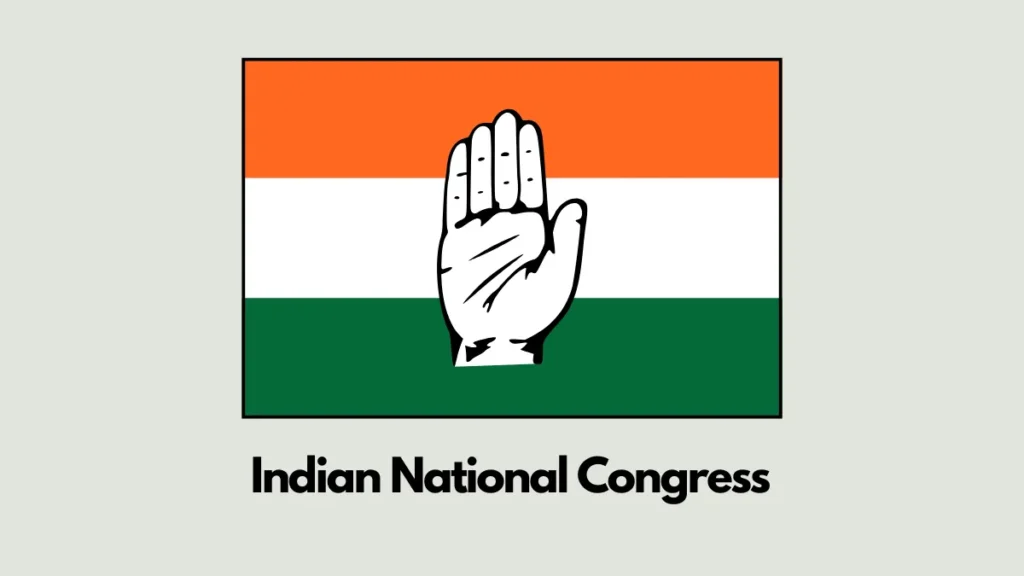Tracing the Legacy and Evolution of the Indian National Congress
Role in the Independence Movement
As the 20th century unfolded, the Indian National Congress evolved from a platform for dialogue into the principal leader of the Indian independence movement. Under the leadership of figures like Bal Gangadhar Tilak, Lala Lajpat Rai, and Bipin Chandra Pal, the party adopted a more assertive stance against British rule. The arrival of Mohandas Karamchand Gandhi in 1915 marked a significant turning point.
Gandhi’s philosophy of non-violent resistance, or ‘Satyagraha,’ galvanized mass support across the country. Campaigns such as the Non-Cooperation Movement (1920-1922), the Civil Disobedience Movement (1930-1934), and the Quit India Movement (1942) were instrumental in mobilizing millions against colonial rule.
Post-Independence Era
Following India’s independence in 1947, the Indian National Congress transitioned from a liberation movement to the ruling party of a sovereign nation. Jawaharlal Nehru, a central figure in the party, became India’s first Prime Minister.
Under his leadership, the INC laid the foundation for a democratic and secular state, emphasizing industrialization, scientific advancement, and social reforms. The party maintained its dominance in national politics for several decades, with leaders like Lal Bahadur Shastri and Indira Gandhi at the helm.
Significant Achievements
Throughout its tenure, the Indian National Congress has been credited with numerous accomplishments that have shaped modern India:
Also Read: Mani Shankar Aiyar on Rajiv Gandhi’s Leadership Decisions
- Economic Reforms: In 1991, facing a severe economic crisis, the INC-led government under Prime Minister P.V. Narasimha Rao and Finance Minister Dr. Manmohan Singh introduced landmark economic liberalization policies. These reforms opened the Indian economy to global markets, resulting in rapid economic growth and development.
- Social Initiatives: The party has been instrumental in implementing policies aimed at social justice, including affirmative action programs for marginalized communities and the promotion of secularism.
- Technological and Scientific Advancements: The INC has played a role in advancing India’s space and nuclear programs. Notably, during its tenure, India launched its first satellite, Aryabhata, in 1975 and conducted its first nuclear test in 1974 under Prime Minister Indira Gandhi.
Challenges and Decline
Despite its historical significance, the INC has faced numerous challenges in recent decades. The rise of regional parties, allegations of corruption, and internal dissent have contributed to its declining influence.

The emergence of the Bharatiya Janata Party (BJP) as a dominant force has further marginalized the INC in national politics. In the 2014 and 2019 general elections, the party suffered significant defeats, leading to introspection and calls for organizational reforms.
Recent Developments
In October 2022, the Indian National Congress held internal elections to choose a new president, marking a significant moment in its history. Mallikarjun Kharge emerged victorious, signaling a potential shift in the party’s approach and strategy. However, the party continues to grapple with internal challenges and the broader task of redefining its identity in contemporary Indian politics.
Current Leadership and Policies
Under the leadership of Mallikarjun Kharge, the Indian National Congress aims to rejuvenate its base and present a viable alternative to the current government. The party emphasizes inclusive growth, social justice, and the protection of democratic institutions. It advocates for policies that address economic disparities, strengthen secularism, and uphold the rights of marginalized communities. The Indian National Congress also focuses on issues such as unemployment, agrarian distress, and women’s empowerment, striving to reconnect with the grassroots and regain public trust.
Also Read: Rana Gurjeet Singh Net Worth, A Detailed Analysis
Global Perspective
The Indian National Congress journey offers valuable insights into the dynamics of political movements transitioning from liberation struggles to governing entities. Its experiences underscore the challenges of adapting to changing political landscapes, addressing internal dissent, and formulating policies that resonate with diverse populations.
For audiences in the United States and other democracies, the INC’s story highlights the complexities inherent in sustaining a political organization over an extended period, especially amidst evolving socio-political contexts.
In Conclusion, The Indian National Congress, with its storied past and significant contributions to India’s nation-building, stands at a crossroads. Its ability to adapt, reform, and present a coherent vision for the future will determine its relevance in the years to come.
Sources: Indian National Congress, Wikipedia, Unacademy, Encyclopedia Britannica

